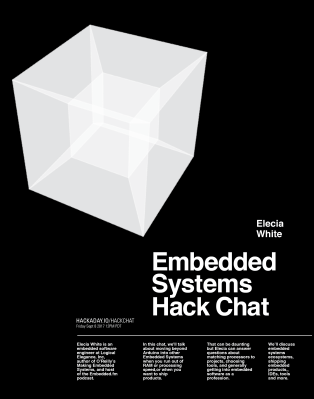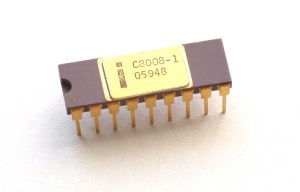Today we’re going to make a little digression from things that we do to look at perhaps why we do the things that we do. This one is philosophical folks, so strap yourselves in. We’ve had an interesting item arrive on the tips line from [Bunchabits] who wanted to let us know about a video, Love Letter to Embedded Systems, from [V. Hunter Adams].
[V. Hunter Adams] is Lecturer of Electrical Engineering at Cornell University and is on the web over here: vanhunteradams.com
In this forty three minute video [Hunter] makes an attempt to explain why he loves engineering, generally, and why he loves embedded systems engineering, specifically. He tries to answer why you should love engineering projects, what makes such projects special, and how you can get started on projects of your own. He discusses his particular interest in other unrelated subjects such as birds and birdsong, and talks a little about the genius of polymath Leonardo da Vinci.
Continue reading “A Love Letter To Embedded Systems By V. Hunter Adams”











 My entry into this field was when the first 8 bit processor (the 8008) came out, and still find it endlessly fascinating. I write a lot about embedded topics, and give talks and seminars, on all of the continents except Antarctica (so far!). We live in heavily-wooded Finksburg, MD, which is just stunning this time of year, and, since my office is in the house, the commute is pretty tolerable. Other passions include sailing; I wrote an on-line book (www.ganssle.com/jack) about racing alone across the Atlantic. Great trip, other than losing the boat.
My entry into this field was when the first 8 bit processor (the 8008) came out, and still find it endlessly fascinating. I write a lot about embedded topics, and give talks and seminars, on all of the continents except Antarctica (so far!). We live in heavily-wooded Finksburg, MD, which is just stunning this time of year, and, since my office is in the house, the commute is pretty tolerable. Other passions include sailing; I wrote an on-line book (www.ganssle.com/jack) about racing alone across the Atlantic. Great trip, other than losing the boat.








